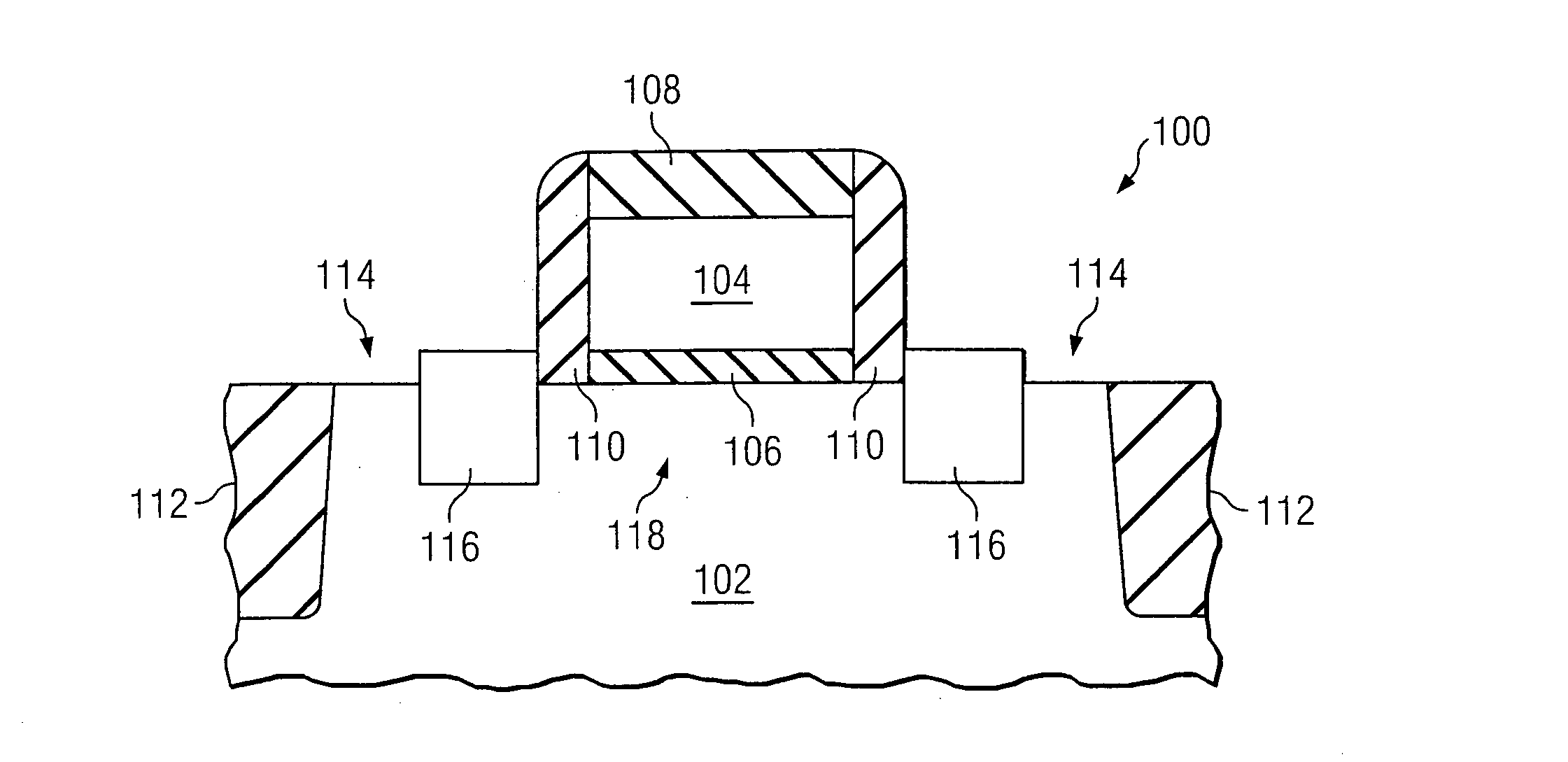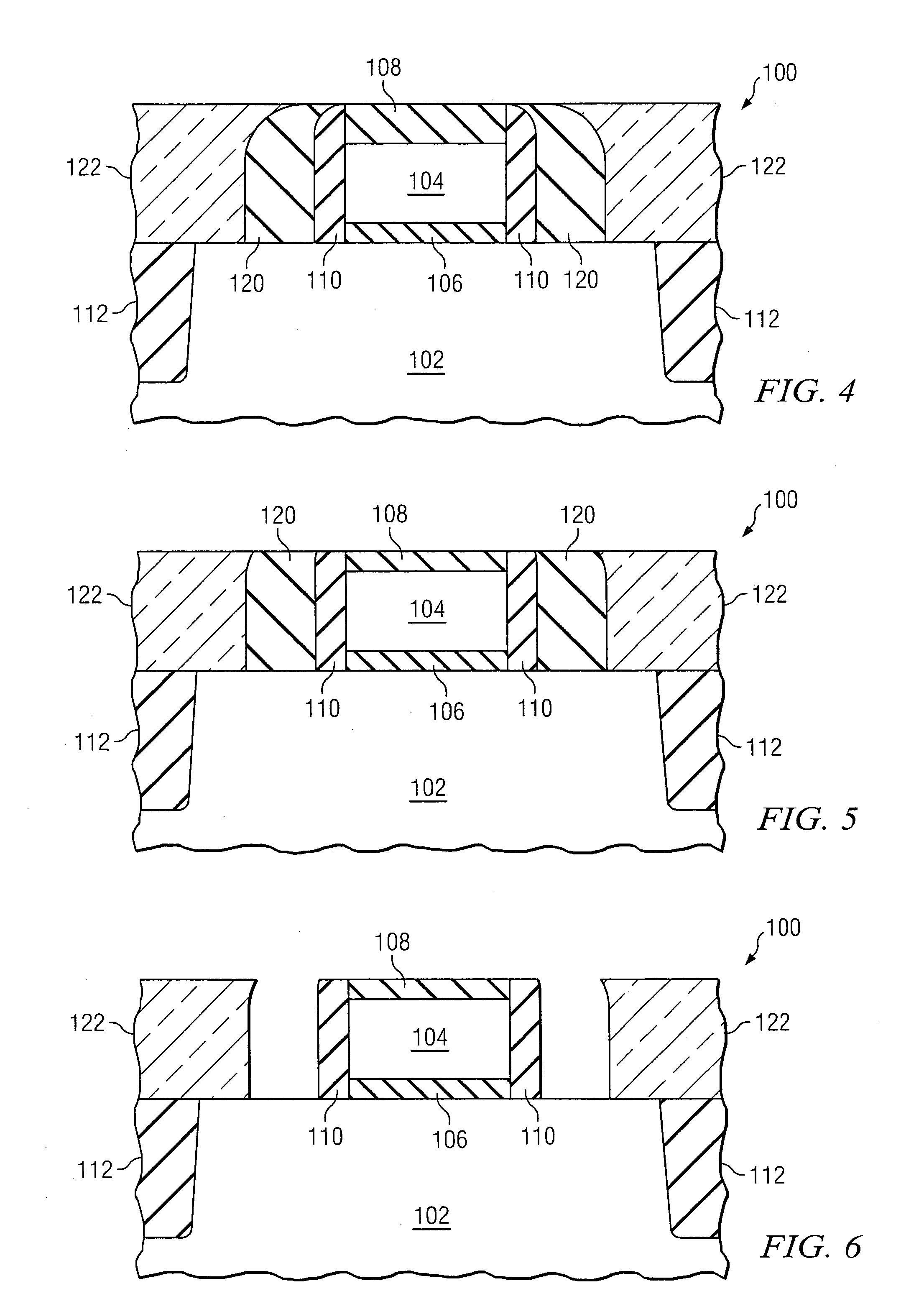Strained semiconductor device and method of making the same
a technology of semiconductor devices and strainers, applied in the direction of semiconductor devices, electrical devices, transistors, etc., can solve the problem that the effect of mechanical stress on the performance of transistors is not guaranteed for all transistors, and achieve the effect of improving transistor performance and carrier mobilities
- Summary
- Abstract
- Description
- Claims
- Application Information
AI Technical Summary
Benefits of technology
Problems solved by technology
Method used
Image
Examples
Embodiment Construction
[0020] The making and using of the presently preferred embodiments are discussed in detail below. It should be appreciated, however, that the present invention provides many applicable inventive concepts that can be embodied in a wide variety of specific contexts. The specific embodiments discussed are merely illustrative of specific ways to make and use the invention, and do not limit the scope of the invention.
[0021] The present invention will be described with respect to preferred embodiments in a specific context, namely a transistor device with a strained channel. The invention may also be applied, however, to other structures that require strained or stressed semiconductor regions or other structures that require one material to be embedded in a region of another material.
[0022]FIG. 1, illustrates a first embodiment structure 100 of the present invention that is formed in a semiconductor body 102. The semiconductor body 102 can be a bulk semiconductor substrate, a region (e....
PUM
 Login to View More
Login to View More Abstract
Description
Claims
Application Information
 Login to View More
Login to View More - R&D
- Intellectual Property
- Life Sciences
- Materials
- Tech Scout
- Unparalleled Data Quality
- Higher Quality Content
- 60% Fewer Hallucinations
Browse by: Latest US Patents, China's latest patents, Technical Efficacy Thesaurus, Application Domain, Technology Topic, Popular Technical Reports.
© 2025 PatSnap. All rights reserved.Legal|Privacy policy|Modern Slavery Act Transparency Statement|Sitemap|About US| Contact US: help@patsnap.com



